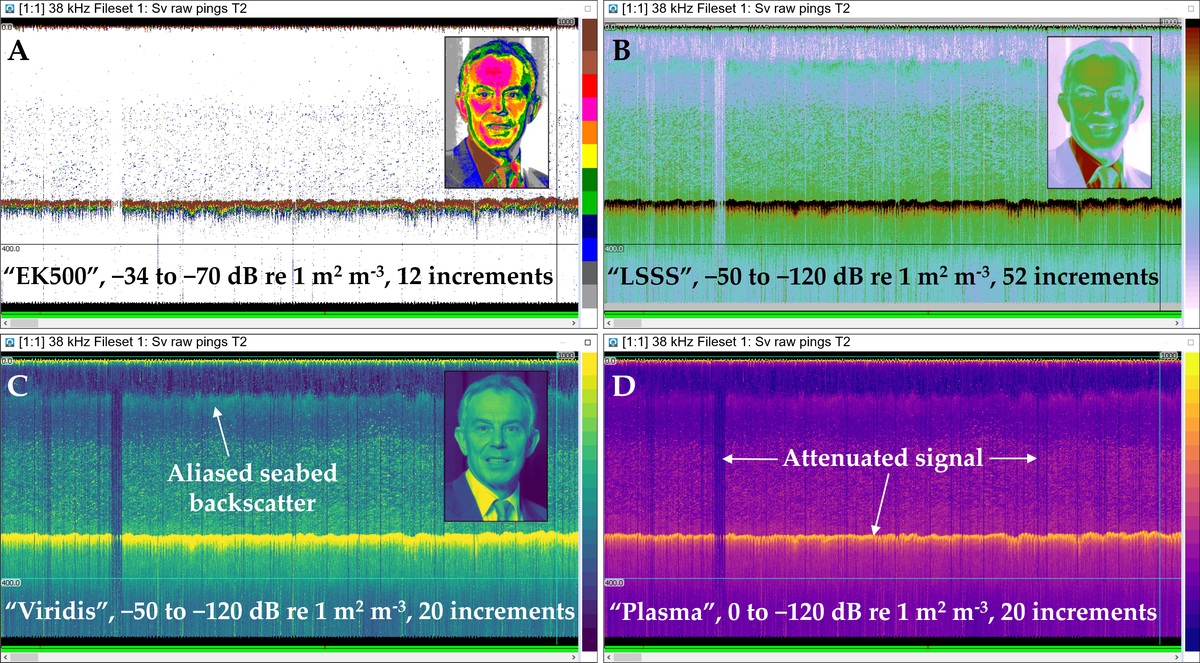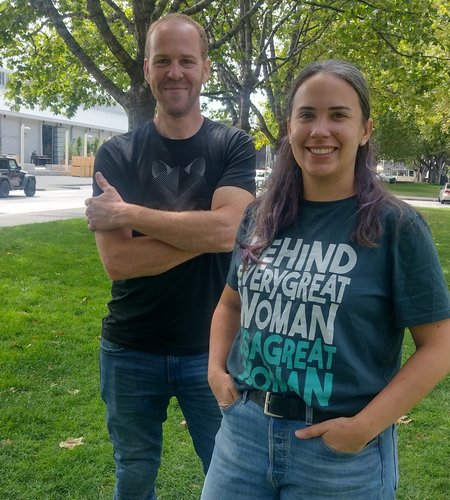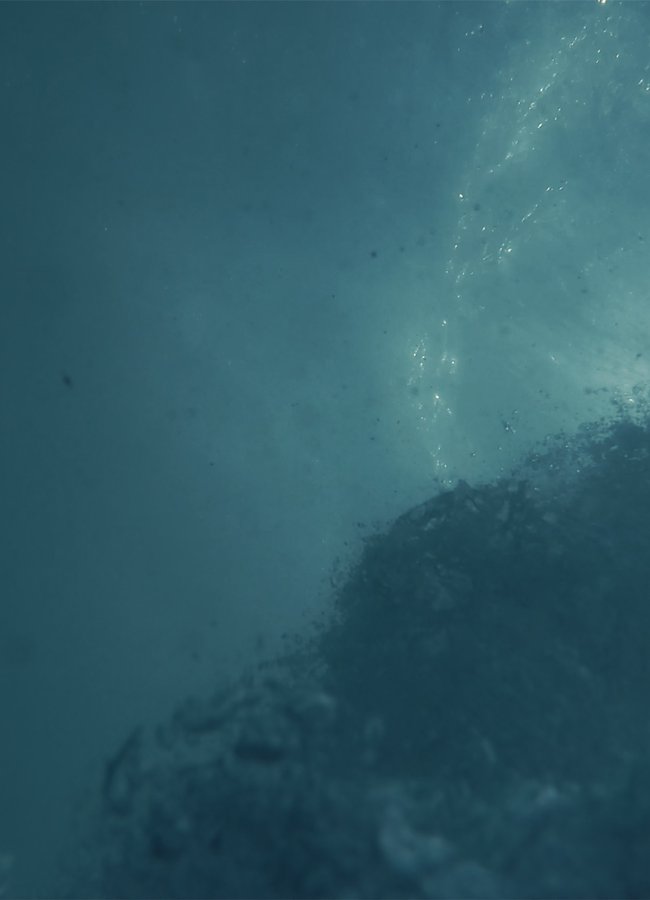
Echoview contributors Dr. Toby Jarvis and Dr. Haley Viehman present an overview of the aims and findings of a recent multi-author ICES Cooperative Research Report, "Collecting quality echosounder data in inclement weather", published in December 2021.
Scientific echosounding is a well-established technology for answering pressing scientific questions about the underwater environment. From understanding aquatic ecosystems of all types, to assessing important freshwater and marine fisheries, active-acoustic datasets have become a primary source of quantitative information.
The platforms used for deploying echosounders and collecting data continue to diversify and include mobile surface and underwater vessels (occupied and unoccupied) and stationary moorings. These platforms experience a wide variety of environmental conditions that can negatively impact the quality of the data and, consequently, the quality of the results.
Poor weather conditions can affect echosounder data quality through greater movement of the echosounder, more entrained air bubbles, and higher levels of mechanical (acoustic) noise.
This report reviews current knowledge on the impact of bad weather on scientific echosounder data for fisheries assessments, and presents methods for identifying unsuitable survey conditions and working with degraded data. The methods focused on signal attenuation due to entrained air bubbles and transducer motion, and were divided into two broad categories: (1) methods using echosounder data only, and (2) methods using echosounder data in conjunction with other measurements (e.g. vessel motion, wind speed etc.).

The report draws five key conclusions and provides eight practical recommendations for those intending to use echosounders for the scientific study of aquatic ecosystems. Although the focus here is on fisheries assessments and narrowband single-beam echosounder (SBES) systems, this report should also provide many useful insights for those using other types of echosounder (e.g. multibeam echosounders and wideband SBES) for other applications (e.g. ecosystem modelling, zooplankton studies, monitoring of gas seeps and bottom classification).
To read the full report please click here.
References:
Jech, J. M., Schaber, M., Cox, M., Escobar-Flores, P., Gastauer, S., Haris, K., Horne, J., et al. 2021. Collecting quality echosounder data in inclement weather. ICES Cooperative Research Report, Vol. 352. 108 pp. https://doi.org/10.17895/ices.pub.7539.

